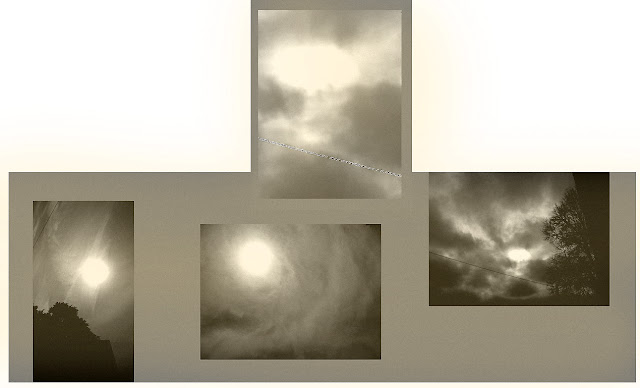 |
| The three cloud formations molded by gravity propelled forward by approaching New Moons and AGCM. |
INTRODUCTION
In science,
it is all about what you can prove. My article The Phenomena of Evolution Captured was met with skepticism by many science aficionados in spite of the
fact that I presented primary evidence to support my hypothesis that gravity propelled
forward by the Alignment Geometries of Celestial Mechanics ( AGCM ) will
override DNA in living matter, is a fundamental stimulus in the process of
evolution, that it is possibly the architect of DNA since the early stages of the evolution of life on Earth and
may be the way life evolves within other solar systems across the universe.
In this
article I will use the most recent observations made about the Moons of Saturn
collected by the Cassini Solstice Mission to illustrate how gravity is propelled
forward by AGCM and I will link this to phenomena I have photographed in the
clouds and the experiments I did with plants.
I will not
reveal my calculations at this time, as I will include them in the scientific
paper I am working on: How the chemistry of life is entangled with celestial
mechanics: this to preserve my copyrights and privilege of discovery. NASA and
other scientists have not yet understood my hypothesis as you can see by the
links provided below. I am bringing this hypothesis and initial evidence to the
world as an artist who inadvertently made an unusual discovery.
GRAVITY AND
EVOLUTION
After the
Big Bang gravity began clumping quarks, gluons, electrons and neutrinos;
protons and neutrons formed deuterium, helium and lithium nuclei. Eventually
electrons combined with protons and these low mass nuclei formed neutral atoms.
The clumping action of gravity contracted clouds of atoms into stars where
hydrogen and helium fused into more massive chemical elements. As stars were born the clouds of particles swirling around them became planets due to the
stars own gravitational pull. Moons that possessed their own gravity field
surrounded some planets. Scientists observed that the force of gravity created
mass and in return mass created gravity. Another feature of gravity that has
been noted is its propensity to repeat patterns even though it also creates
endless variety.
In Saturn’s
Moons we can witness how AGCM propel gravity forward in various patterns to
fashion a marvel of our solar system, the rings of Saturn. Saturn’s rings are
the result of the AGCM of its Moons. As we observe the actions of four of its
Moons on the formation patterns of Saturn’s rings we witness the range of
gravity’s action.
Enceladus
has an irregular orbit around Saturn that is elliptical in such a way that the
gravitational pull between it and Saturn will vary in dramatic intensity
whether the Moon is close to the planet or far. Scientists believe this causes
huge tidal forces that flex the body of Enceladus to generate energy and heat.
Enceladus spews huge plumes of water because of this process, and adds to the
volume of ice particles in Saturn’s rings. Here the AGCM impact on the form and
function of the mass of the moon. Enceladus illustrates that a celestial body composed
mostly of water is quickly malleable under the influence of gravity propelled
forward by AGCM. Our Earth and the bodies of living organisms on our planet are
composed of mostly water.
Prometheus
and Pandora’s combined gravitational pull attracts particles in the F ring
towards them to craft an intriguing spiral shape. The effects of these moons on
the particles of water in the ring show that gravity can operate from a large
distance.
Mimas forms
precise alignments in orbital resonance with particles in the Huygens Gap at
the inner edge of the Cassini Division. This 2:1ratio of orbital period
provokes the episodic gravitational influence that nudges particles out of the
Cassini Division with natural frequency. Mimas demonstrates that gravity separates
masses by acting on particles, by clumping them in one area while emptying
another, and that there is a clocklike mechanism in its capacity to clear the
Cassini Division. By resonating at the same point regularly, the action of
Mimas on particles strengthens the form sculpted in the Cassini Division. This
moon shows us how gravity constructs form and sustains stability with AGCM
beginning at the particle level.
Now lets
come down to Earth and its Moon. The first effect that is agreed upon
universally about the orbital periods of the Sun Moon and Earth is the impact
that the increased gravitational fields of New and Full Moons have on the tides
of the ocean. We have observed a relative stability of the shape of Earth, of its
rotations, orbits and seasonal cycles that tell us that the gravitational pulls
between the Earth and the Moon have produced a system that has maintained
itself for many years.
 |
| On the left is the angle that produced the anthropomorphic form in the clouds, on the right is the angle that produced the anthropomorphic features in Normand. |
As an artist
I have observed for years how “time and space” created phenomena. The concept I
had of “time and space” included lunar cycles and celestial mechanics as
opposed to the current constructs of time based on technologies that use the
speed of light as a constant. This form making propensity of “time and space”
fascinated me so much I developed an artistic project to verify the correctness
of what I was observing. My calculations of “time and space” gave me the three
images of the clouds assuming anthropomorphic features in front of three
approaching New Moons. These
images were taken within a two-year period on three separate occasions.
Although each has its unique features, they all share startling similarities:
they appear at the predicted space and time, the eyes looking curiously back at
me, the bald head, the strong nose, the elf like ears and related AGCM. After
this art project I had to take a science class at McGill University in the fall
of 2011 to really understand what was happening. After this class, I concluded
gravity was responsible for sculpting the human features in the water particles
of the clouds in front of the
three different approaching New Moons.
This combined with the larger AGCM of the moments when I took the photos
nudged the particles to form human features for a limited amount of time that
varied with each photograph.
There was
another New Moon that should have produced anthropomorphic features in front of
the Sun, but I could not afford to go to Rome where the phenomena may have
manifested. I decided to use my calculations to plant lemon seeds to see if the
anthropomorphic phenomena would manifest in plant life. The angle of the New
Moon to my position on Earth at the moment of planting the lemon seeds was
different than for the ones that produced human faces in front of the Sun.
 |
| As you can see the group on the left is smaller than the group on the right. |
After McGill
I decided to put my hypothesis to the test using Amaryllis bulbs. As an artist
I had hoped to present this project as a living installation so people could
see with their own eyes how gravity propelled forward by AGCM sculpts living
matter. I knew I could produce two groups of different size plants simply by
planting the two groups at two different times when the AGCM would distribute
the mass in the solar system differently. I have yet to find an institution
that will present my project to the public but independently I succeeded in creating
two groups of remarkably different size and mass using my calculations.
 |
| Normand the lemon tree that used one of his leaves to sculpt a human face. |
In the fall of 2012, one of the lemon seeds planted the year before manifested anthropomorphic features as I had expected. This proves to me that gravity and AGCM override DNA as my lemon tree, Normand, behaves way beyond normal lemon trees. It tells me that gravity engendered the evolution of life beginning at the particle level, that tiny shifts occurred with the natural frequency of orbital resonance of the lunar cycles and the AGCM of the entire solar system, that over many cycles of time and space gravity clumped the organic matter the same way it clumped other matter in the universe and this active substance evolved into all the living creatures past and present. It makes me see the actions of gravity on the first living cells on our planet in a whole new light because I know AGCM were affecting them in ways as yet incalculable by us.
CONCLUSION
If you
follow the links provided by NASA and the BBC you will see visually the same
principles at work that have acted on the cloud formations and on the size and
shape of plants presented in this article. This is very exciting! It means there are infinite resources
to harness from the universe simply by understanding the mystifying force of
gravity.
-LENA GHIO
© Lena Ghio 2013
What NASA knows about evolution and gravity:
http://www.nasa.gov/topics/earth/features/astrobiology.html

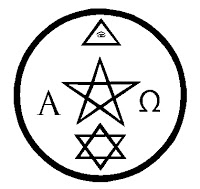
















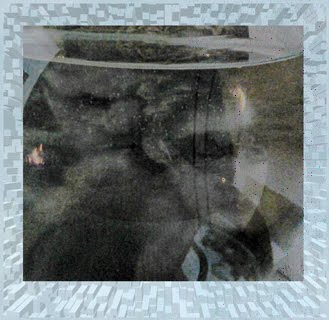
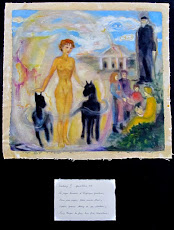



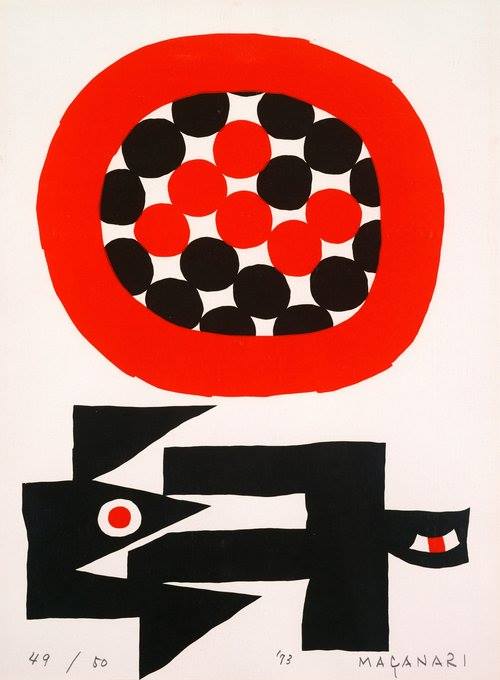

No comments:
Post a Comment